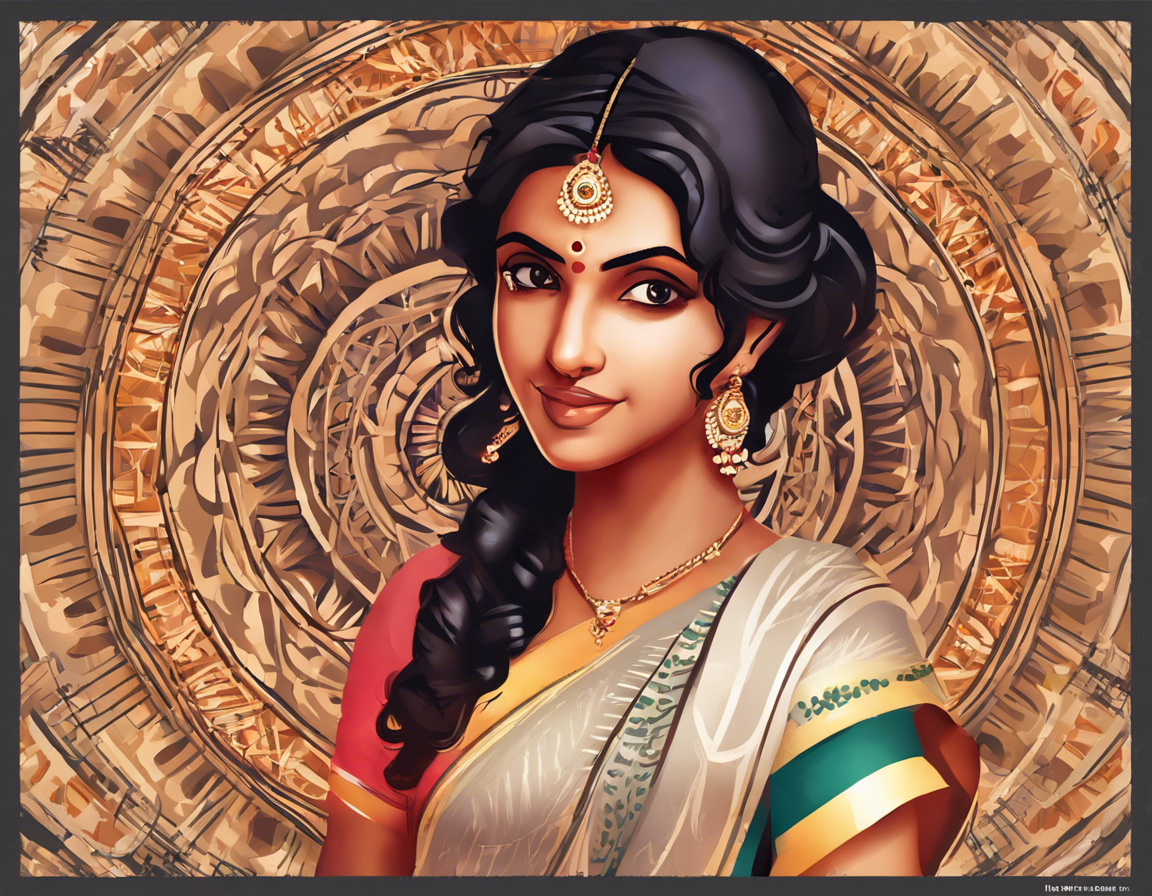Introduction
In the realm of Indian cinema, Divya Bharathi remains a name that evokes admiration, controversy, and intrigue. Rising to fame in the early 1990s, Bharathi was a pioneer in many ways, breaking conventions and challenging norms in her short but impactful career. Despite her untimely demise at the age of 19, her legacy continues to resonate with audiences and filmmakers alike, making her an enduring figure in the history of Indian cinema. In this article, we will delve into the life, work, and enduring legacy of the enigmatic filmmaker Divya Bharathi.
Early Life and Career
Born in 1974 in Andhra Pradesh, India, Divya Bharathi harbored a passion for storytelling from a young age. She showed early promise as a filmmaker, displaying a keen eye for visuals and a bold vision that set her apart from her contemporaries. Bharathi’s journey into the world of cinema began when she made her directorial debut with the critically acclaimed documentary “Kakkoos” at the tender age of 16. The film, which exposed the inhumane practices of manual scavenging in India, garnered widespread praise for its unflinching portrayal of a societal taboo.
Breaking Barriers
Divya Bharathi was not one to shy away from controversy or difficult subjects. She fearlessly tackled issues such as caste discrimination, gender inequality, and political corruption in her films, often drawing from her own observations and experiences. One of her most celebrated works, “Nalai Namathey,” explored the struggles of marginalized communities in urban India and earned her comparisons to legendary filmmakers like Satyajit Ray and Ritwik Ghatak.
Impact and Influence
Despite her brief career, Divya Bharathi’s impact on Indian cinema is undeniable. She inspired a new generation of filmmakers to push boundaries, challenge the status quo, and use cinema as a tool for social change. Bharathi’s raw, authentic storytelling style resonated with audiences who were hungry for narratives that mirrored the realities of their lives. Her courage in addressing taboo subjects and her ability to capture the essence of the human experience left an indelible mark on Indian cinema.
Legacy
Divya Bharathi’s legacy lives on through her films, which continue to be studied, analyzed, and celebrated for their artistic merit and social relevance. Her pioneering spirit and uncompromising approach to filmmaking have cemented her status as a revolutionary figure in Indian cinema. Bharathi’s influence can be seen in the works of contemporary filmmakers who draw inspiration from her fearless storytelling and commitment to social justice.
Influence on Contemporary Cinema
The impact of Divya Bharathi’s work can be felt in the films of modern Indian filmmakers who have been inspired by her legacy. Directors like Anurag Kashyap, Dibakar Banerjee, and Alankrita Shrivastava have cited Bharathi as a source of inspiration for their own boundary-pushing cinema. Her legacy continues to shape the landscape of Indian independent cinema, challenging traditional narratives and amplifying marginalized voices.
Remembering Divya Bharathi
Today, Divya Bharathi is remembered not only for her artistic contributions but also for her courage, integrity, and unwavering commitment to social justice. Her films serve as a testament to her belief in the power of cinema to provoke thought, spark change, and illuminate the human condition. As we reflect on her legacy, we recognize Divya Bharathi as a true trailblazer whose influence transcends the boundaries of time and space.
Frequently Asked Questions (FAQs)
1. How many films did Divya Bharathi direct in her career?
Divya Bharathi directed two films in her short but impactful career. Her debut documentary “Kakkoos” and the feature film “Nalai Namathey” are considered seminal works in Indian cinema.
2. What themes did Divya Bharathi explore in her films?
Divya Bharathi’s films often tackled taboo subjects such as caste discrimination, gender inequality, political corruption, and social injustice. She believed in using cinema as a tool for social change and empowerment.
3. What was the reception to Divya Bharathi’s films during her time?
Divya Bharathi’s films were met with critical acclaim and controversy during her brief career. While some praised her bold vision and storytelling, others criticized her for challenging societal norms and conventions.
4. How did Divya Bharathi’s untimely demise impact Indian cinema?
Divya Bharathi’s tragic death at the age of 19 sent shockwaves through the Indian film industry. Her passing robbed the world of a promising young talent and left a void in the realm of socially conscious cinema.
5. What is Divya Bharathi’s enduring legacy in Indian cinema?
Divya Bharathi is remembered as a trailblazer in Indian cinema, known for her fearless storytelling, uncompromising vision, and commitment to social justice. Her legacy continues to inspire filmmakers and audiences alike.

